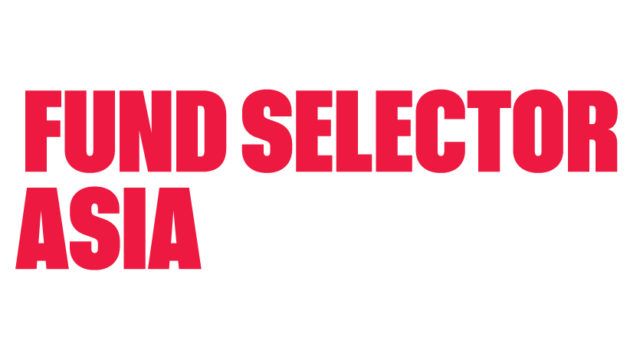The commission-based model still dominates in Asia. Distributors who onboard a fund receive an ongoing retrocession fee (rebate) from the asset management firm. This is often 50% of the fees, but some large banks can negotiate 60%.
Eventually, this will change. Regulators in Asia are widely expected to follow the UK, which imposed a ban on retrocessions in 2013. The ban was part of the UK’s overhaul of financial regulation, known as the Retail Distribution Review (RDR), which moved the industry from a commission to fee-based model with the aim of aligning investor and advisor interests.
Cherrington, who is based in M&G’s Singapore office, was based in the firm’s London office as RDR unfolded. He summarised the resulting impact on the UK asset management industry for FSA.
Fee drop
The RDR’s main objectives were raising qualifications for financial advisors, fee transparency and banning retrocession fees.
Transparency requirements resulted in both a stronger focus and downward pressure on fees for all parts of the value chain, he said.
“Lower fees result in lower margins and that leads to greater consolidation of all parts from distributors, platforms and fund managers as scale [becomes] even more important,” Cherrington said.
“In the UK, we saw further expansion of the vertically-integrated model where the host seeks to maximise and control all parts of the value chain. We’re already seeing that in Asia-Pacific.
“From an asset managers’ perspective, naturally when two private banks are amalgamating, changes come at the same time, including [changes to] gatekeepers and recommended fund lists.”
Creating share classes
Before RDR, when a distributor considered onboarding a fund, the retrocession fee/rebate had high importance. A distributor’s approved fund list tended to be dominated by funds that paid them the highest rebate, he said.
In 2013, when the rebate was eliminated, another side effect was that distributor competition increased.
“Distributors still competed on performance, but now also on the ultimate price of the fund to the end client,” Cherrington said.
Large distributors would ask asset management firms for a fund share class that is cheaper than the share classes offered to competing distributors. The intent is to give clients access to the fund at a lower price than rivals.
“Then the next distributor comes and says they get x, so we want x. So if the asset management firm is not a big player, [fees] can end up in a bit of race to the floor.”
Re-labeling funds
Another result is that distributors are getting smarter with the way they package funds, Cherrington said. An example is the use of sub-advised funds, which is essentially a distributor re-labelling an asset manager’s fund with its own brand.
Repackaged (and put through the bank’s due diligence), the fund is still accessing the same underlying investment. But because the bank is using the asset manager as a subadviser, it is allowed to legally negotiate a retrocession fee.
“Sub-advised products are not in scope of the retrocession ban on mutual funds, and therefore there can be a fee arrangement within the product between the asset manager and the distributor. This is perfectly legal and is delivered to the market at a level similar to that of the ‘clean’ retro-free share classes [for example, 75bps for an active equity fund].
“These sub-advised arrangements tend to involve best-of-breed funds and AM partners, so the end investor still ultimately benefits from access to a well-researched, alpha-adding shelf.”
A surge in passives
The biggest consequence of RDR is the rise of passives, Cherrington said. UK wealth managers are increasingly using passive products to reduce costs to the end client, which has implications for asset management.
Passives reduce the “investment cost” component of overall client servicing, which then allows for an increase in the “cost of advice” component, he explained. All the while, the total cost of ownership (TCO) remains under 2%.
“I very much expect to see this replicated here if we see a ban on retros in Asia, after which it’s a level playing field between active and passive – neither will pay retros. In that environment, the more efficient, well-researched markets such as US equities are likely to see passive participation.”
However, active managers with products that an index cannot replicate will stand out, he added. Examples are funds with concentrated portfolios or thematic strategies.
The fate of funds in Asia
In Asia, mutual fund penetration, which Cherrington estimates around 20% of total wealth management products, is much lower than in developed markets. There are various reasons – less mature markets, a short-term trading mentality, unharmonised regulations among them. But private banks have massive shelves of mutual funds and they’re incentivised to sell them because they provide retrocession fees as an income stream.
“Remove retros in Asia and it is an open question whether distributors will push funds to the same extent they do now or walk away from funds or focus on selling their own in-house products,” Cherrington said.
“[After RDR], we’ve seen many distributors in the UK up the focus on their own asset management products and capabilities, in order to ‘own more of the value chain’. Naturally, this ups the competition among asset managers who are not bank-owned.”

















